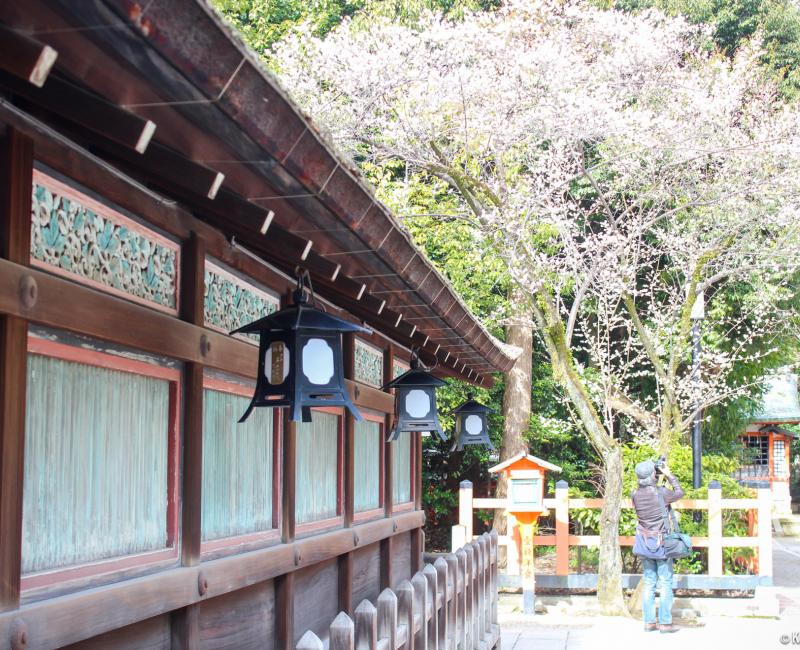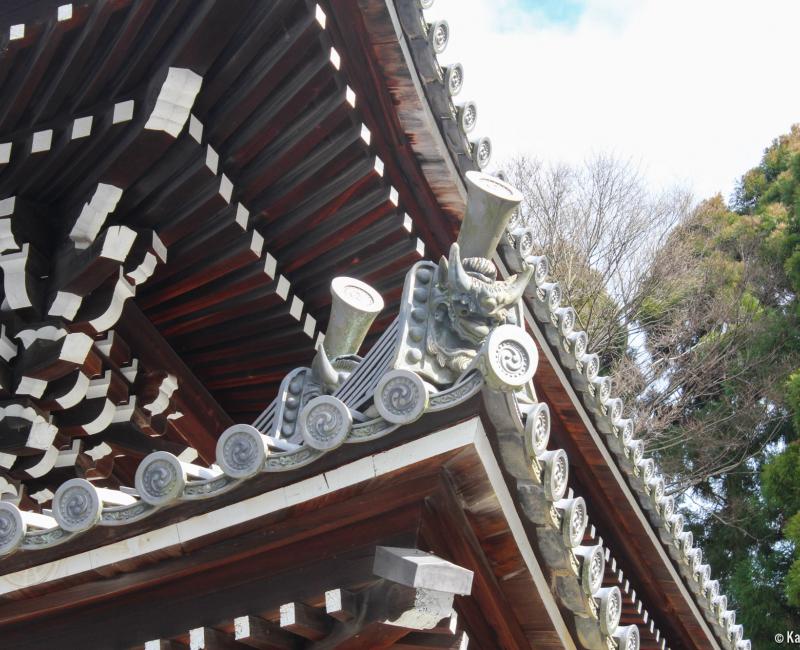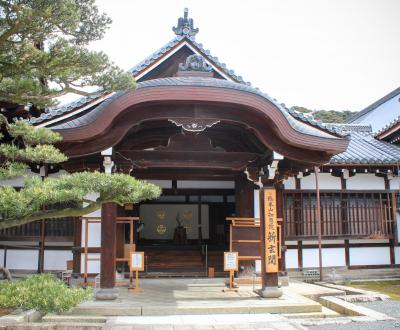Chion-in
The Monumental Temple in the Hills
Chion-in is a Buddhist temple located near Maruyama Park in the heights of Higashiyama, in the south-east of Kyoto. At the origins of the Jodo (Pure Land) Japanese school of Buddhism, it is also its head temple and entombs the relics of monk Hônen, the sect’s founder.
Located near Maruyama Park and close to Gion district, was built on the heights of Higashiyama area in Kyoto. The monastery is also the head temple of the Jodo-shu sect (Pure Land), one of the most popular Buddhist schools in Japan.
Head temple of the sect
Hônen (1133-1212), the founder of this spiritual current, spent several years in this part of the mountains that consequently became the heart of the growing Jodo-shu in the late Heian period. In 1234, one of his disciples, Genchi, built there the first temple to honor his memory. Hônen’s ashes were placed in the Gobyô-dô mausoleum, near the monastery’s great bell, which is the heaviest in Japan, weighting 74 tons.
Like many buildings at the time, a large number of Chion-in’s constructions was destroyed during a succession of civil wars between the shogunate and daimyo local feudal lords, starting from Onin War (1467 -1477) to the Sengoku period in the late 16th century. Nowadays’ monastery was reconstructed by Shogun Tokugawa Iemitsu in the 17th century.

Impressive constructions
A multitude of small stairways connect the various pavilions of the compound built on a hill, it is therefore recommended to be in good shape to visit Chion-in! The entrance gate Sanmon is already a monument in itself. Its huge dimensions (24 meters high and 50 meters wide) make it the biggest wooden structure of this type still standing in the country. After the gate, two flights ✈️ of stairs lead to Chion-in’s heart, a large plaza connecting the center to various pavilions.
The great main hall Mieido was designated National Treasure and renovated between 2011 and 2020 at the occasion of the 800th anniversary of Hônen’s death. It shelters a statue of the monk. The hall Amidado next to it, is home to a statue of Amida, the most important Buddha for the Jodo sect.

An entertaining visit
The place is full of tiny details that add further interest to the visit, such as the roofs’ sides ornamented with tiles harboring the three-leaves hollyhock, the Tokugawa family crest. The monastery is also renowned for its Nana Fushigi (Seven "Mysteries" or "Wonders"), a set of objects or artworks in relation to legends and Buddhist values scattered throughout the compound, that can be fun to look for. The most remarkable is probably the "nightingale floor" in the Oohojo, similar to the one in Nijo Castle 🏯, that emits a chirping sound at the slightest step to warn of any intruder.
There are also two interesting gardens at Chion-in:
- Yuzen-en, on the right of Sanmon gate, that combines Higashiyama’s lush nature to a karesansui dry garden. Sakura 🌸 can be admired in spring, as well as momiji 🍁 in autumn.
- Hojo-teien, designated Place of Scenic Beauty, is a beautiful water garden at the former monks lodgings Oohojo and Kohojo.
Chion-in Temple is a not-to-be-missed sight thanks to its extraordinary dimensions. It is also highly recommended to visit by night, in spring and in summer to enjoy the light-ups on the seasonal blooming that give another dimension to the site.

